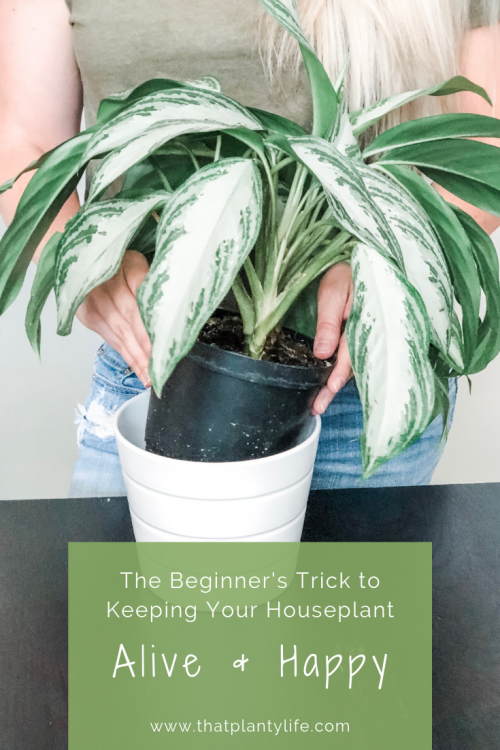
Do you struggle to keep your houseplant friends alive and happy?
I have a houseplant trick that is going to set you up for success with your next planty friend.
Often times when I talk to people about plants (which is more often than people probably like.) I hear them say things like, well I just can’t keep any plant alive or I don’t have a green thumb! Whenever people ask me why their plant is dying, I start by asking them questions about their plant care. As they answer it doesn’t take very much investigation to come to the all too common problem. Overwatering!
Many people I’ve talked to often think that they need to be watering their houseplants way too often, some even say they have been watering it every day! NOOOOOO!!! Don’t do it! This amount of watering is going to kill pretty much all common houseplants.
Luckily, I have a trick that makes it so much easier to avoid this common problem.
When you bring home your new plant baby the first thing you might want to do is repot it in the cute ceramic pot that you bought for it. Hold up! Your houseplant already comes in a container that is so perfect and makes it so much easier to keep alive.
Instead of taking it out of that plastic pot and straight into the decorative pot, simply put that plastic pot inside the ceramic pot and wala! You are now going to find it so much easier to keep your houseplant alive.
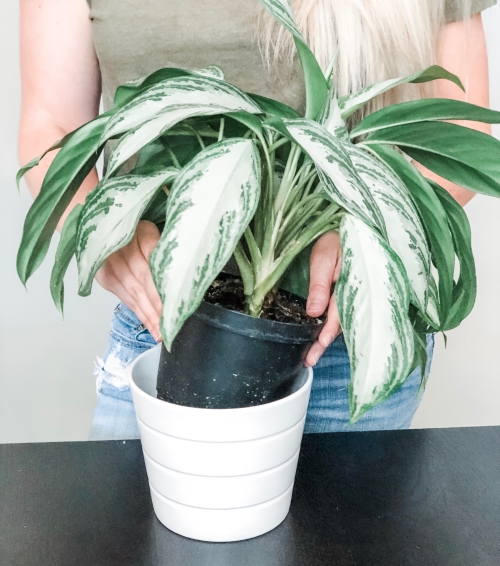
While you may find this a little inconvenient to find a pot or pretty container that will also fit the plastic container inside of it; I promise it’s so worth it when your houseplant starts growing and thriving!
If you’re looking for an easy answer, check out my absolute favorite ceramic pots. They come from IKEA and they are amazing. They fit the common sizes of plastic pots perfectly inside of them. If you have an IKEA near you drive there now and buy some! As you can see I have them in pretty much every size. If IKEA is out of reach, here are some similar ones you can buy off amazon. We love crisp white pots because it really makes the green of the plant pop.
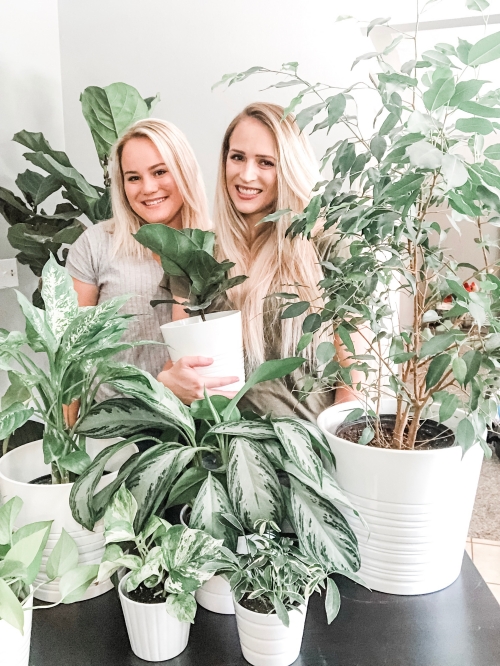
Sometimes because the rim of the plastic pots is a little bit wider it can make it so it doesn’t fit inside of your decorative pot. No need to fret simply cut off that thicker part of the plastic and slide it right in.
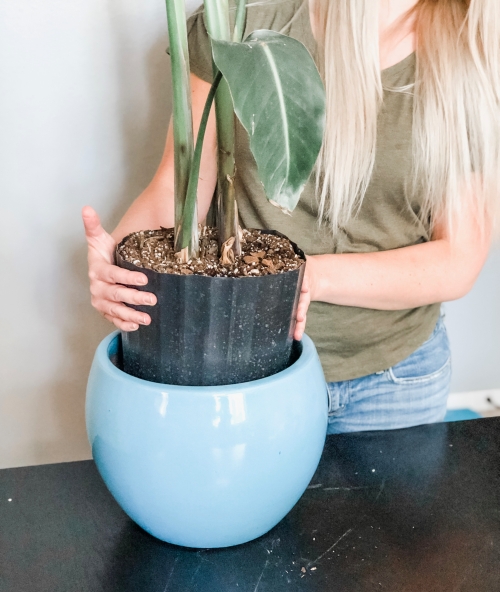
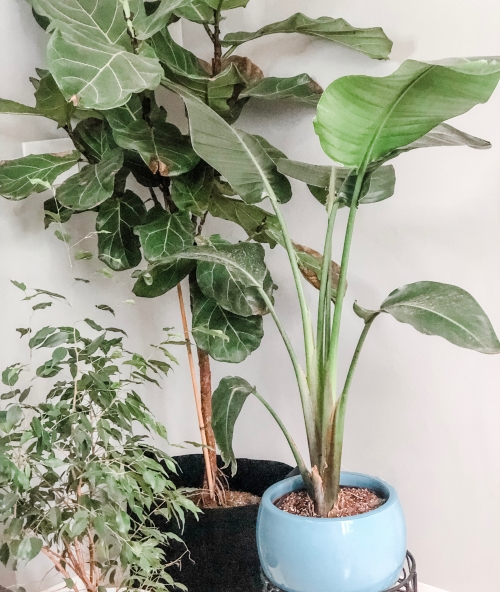
If the decorative pot is a little bit big make sure to fill it will a bushier plant that will hide the gap in between.
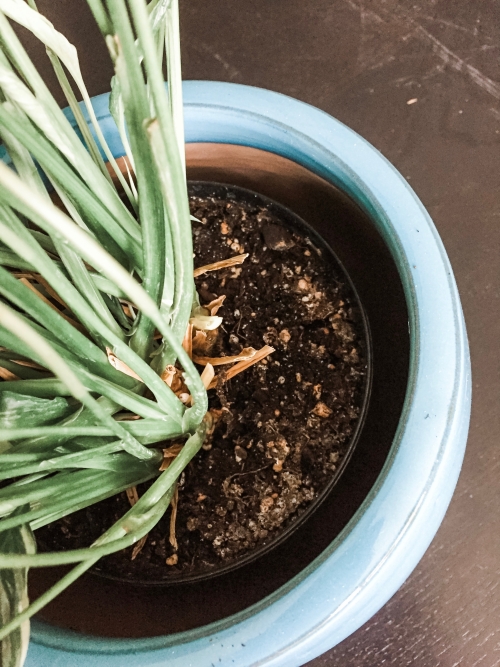
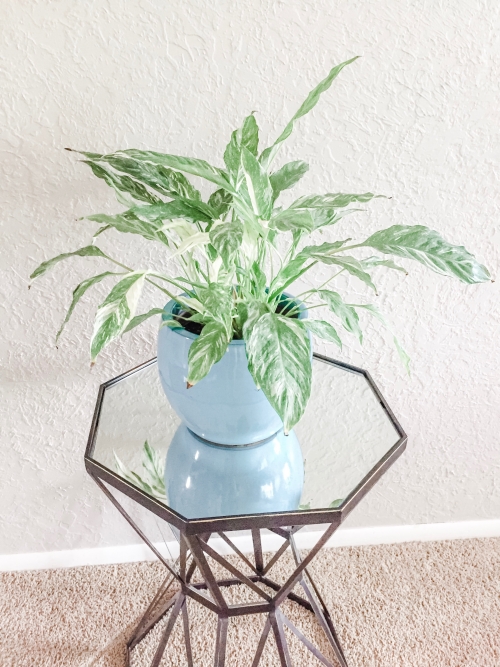
By adhering to this simple trick you accomplish two different things that will help you succeed.
- Now when checking to see if your plant needs water it’s as simple as lifting up your plant out of the ceramic container. You will instantly know if the plant is dry or wet. The weight of the plant in the plain plastic container makes it super easy to know when it’s watering time. Does the plant feel light or heavy? Does the soil look light brown and dry or dark brown and moist upon closer inspection?
- Remember, the majority of houseplants prefer to dry out in-between drinks. When it comes to watering houseplants it’s always safer to let them get a little too dry then to overwater them. So when the plant feels super light and the soil looks dry it’s probably time for a drink. Remember to check out our plant highlights for more specific care tips on different plants.
- If your looking for a super-easy way to know when to water your houseplants check out this moisture meter that I use. This tool makes it super easy to know if a plant is dry or wet. Just stick it in the soil and get your reading.
- The other great thing about keeping your plants in their plastic pots is that when it’s time for a drink it’s as simple as carrying them to the sink or bathtub (depending on their size) and giving them a thorough watering. Since they’re in their plastic pots the excess water will freely exit the bottom. Leave it there for a few minutes until water ceases to come through the bottom and return to its home. This makes it almost impossible to overwater. You know that water will not be stuck at the bottom of the pot, which often leads to root rot.
- Have you noticed that your plants’ leaves are turning brown on the ends? Well, another benefit of watering your plants this way is it can help to flush out excess salt from the plant. Excess salt in the soil is one of the causes of browning tips on houseplants.
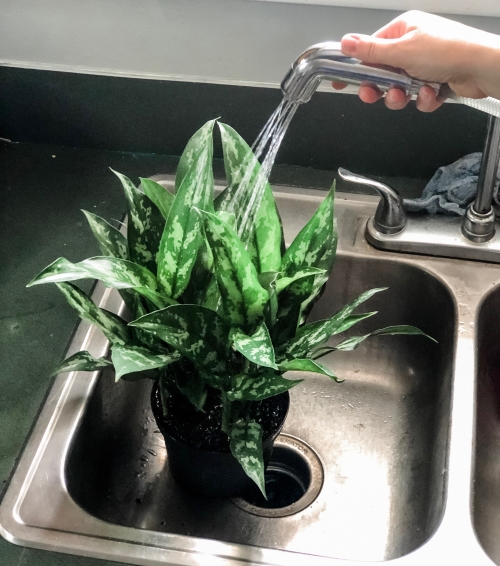
If you’re a new plant parent struggling to keep your houseplants alive try this out! This simple hack will teach you when you need to water your plants and how much water they really need. We know it will lead to success and soon enough you will have an urban jungle all your own! Comment if you have any other problems that you need advice on.
Check out some of our Planty Life planter picks!
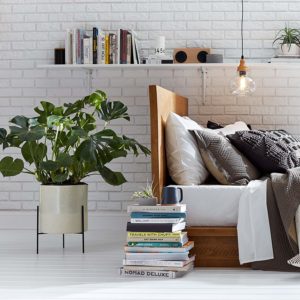
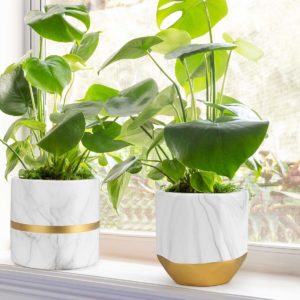
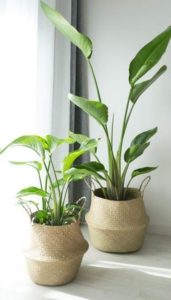
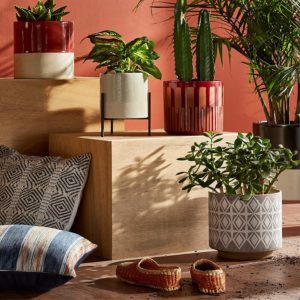
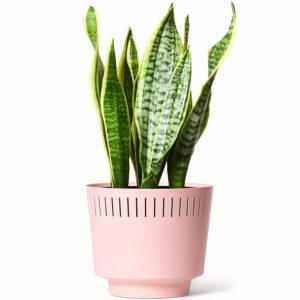
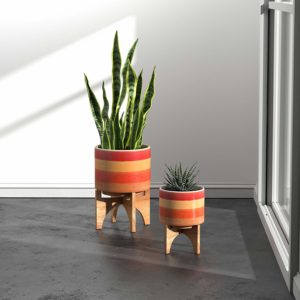
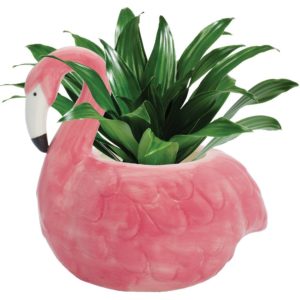
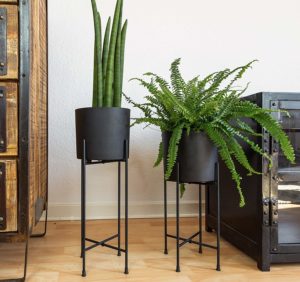
Pin It!
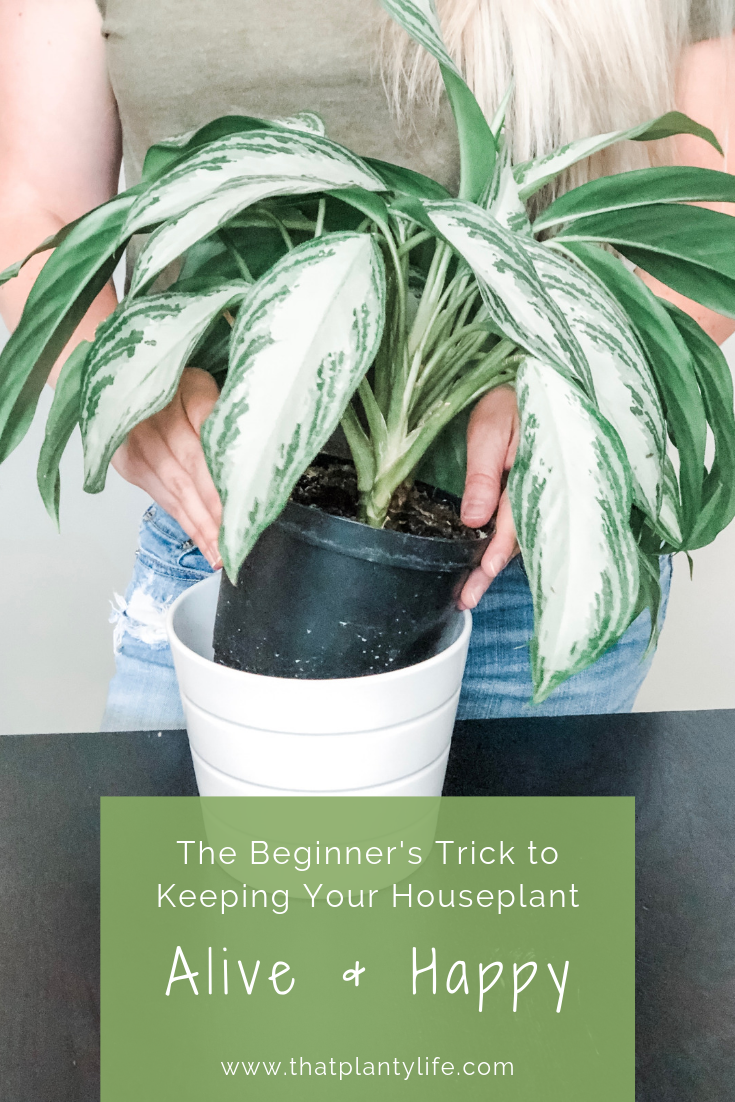


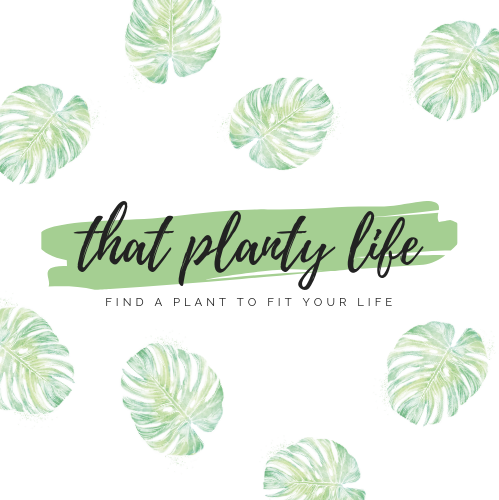
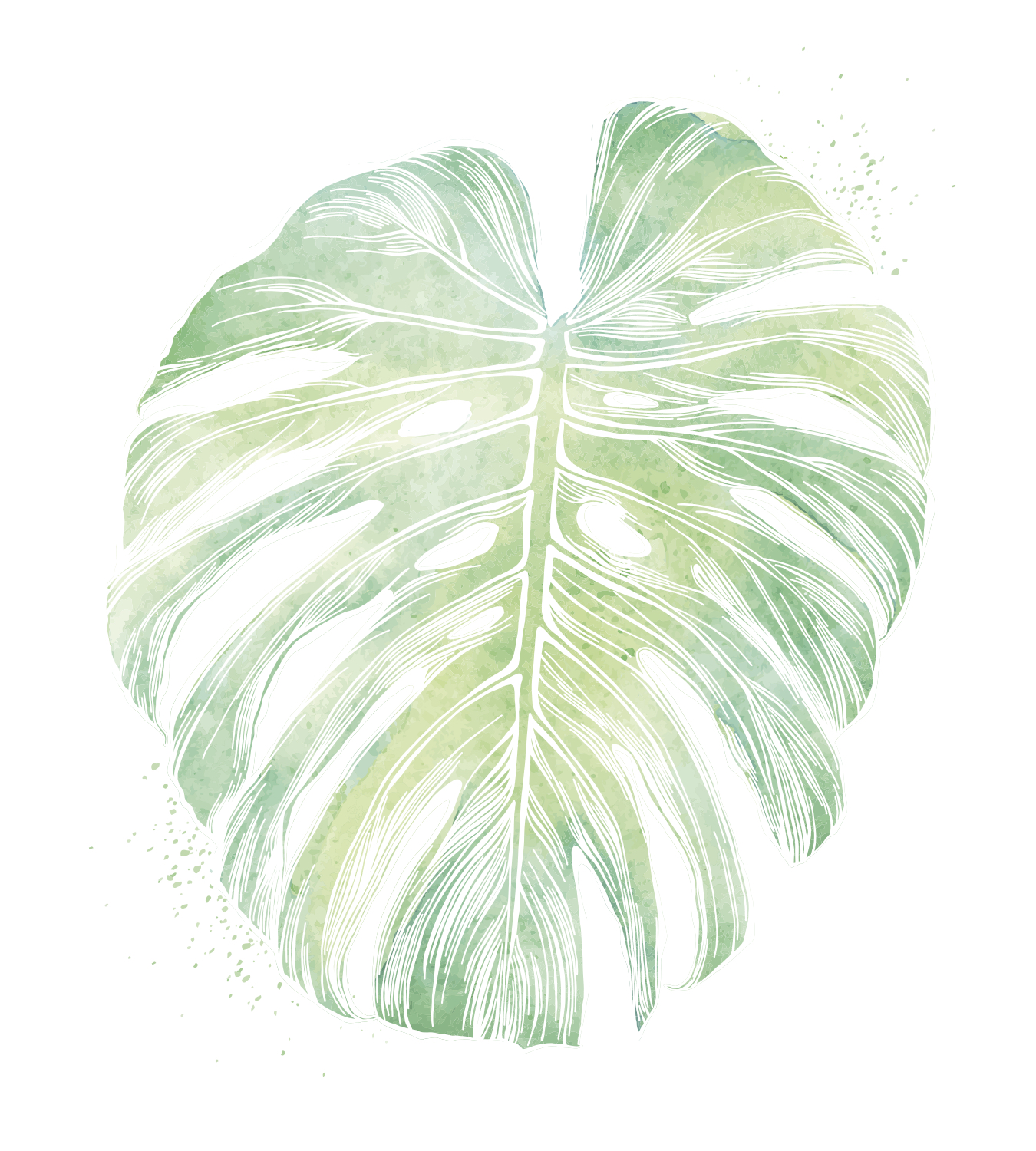
Just discovered ur blog and am loving it. I do have a question, but I think I’ve been under-watering my Mass Cane (corn plant). I did receive this guy damaged from shipping. He’s indoors, near grow lights (well at a medium distance). I read that over watering this plant in particular tended to be very common. I’ve been checking my plant using the finger method, usually everything 3 wks or so the top couple inches are dry n I give him a good watering. All the tips are brown, in some areas it’s turning pale green, no knew growth. I’ve had him for about 3-4 months now. However I did not keep him in his original pot. The pot was way to small n seriously top heavy. The pot it’s in now has drain holes. Any tips on how to save him? He’s also huge, 12 inch pot and about 4ft tall… Thank you for your time!
Hey Christine! We’re so happy to hear that you’re loving the blog, we absolutely love to connect to our readers so thank you for your comment! Sorry to hear your struggling with your Corn plant, it’s so hard to have a plant you just can’t seem to keep happy! It sounds like you’re doing a lot of things right, which is awesome! Our advice would be that I think you need to water this plant more often. Corn plants prefer to be a little more moist, but not soggy. When you check the plant with your finger if its dry within the first inch it might be time for a drink. I would start with that and see if there’s any improvement. This might be the reason the leaves are discolored as well or it might not be liking your water. If you don’t see an improvement in the leaf color with increasing your watering maybe try using distilled or rainwater. Corn plants can be a little more sensitive to fluoride or chloride that can be in tap water. Please keep us up to date on what happens. We’ll be sending positive vibes your way!
Hello! I just would like to give a huge thumbs up for the great info you have here on this post. I will be coming back to your blog for more soon.